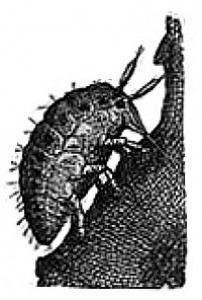 THE APPEARANCE OF PHYLLOCERA & THE GREAT INCREASE IN PISTACHIO FARMING
THE APPEARANCE OF PHYLLOCERA & THE GREAT INCREASE IN PISTACHIO FARMING
The increase in pistacio farming in Aegina came about during the ‘50s and ‘60s, when phylloxera struck the island’s vineyards. Phylloxera is a small insect which attacks the roots of European vines and dries out the leaves. Five years after its arrival in a vineyard, all the grapevines would wither.
In the early 1950s phylloxera appeared in Attica and the Ministry of Agriculture in an attempt to protect Aegina – whose primary product then was the grape – set up a plant disease control post in the harbour to stop the entry of any product onto the island which could harbour the insect (saplings etc). But these attempts to control the spread of the disease failed. We don’t know exactly when the insect started to make inroads into Aegina’s vineyards, but it was probably around the end of the 1950s.
On the infected vineyards the farmers then started to plant pistachio saplings among the vines so that when the vines had dried up they would have already established their new product.
The data shows that in 1950 there were 13,000 stremmata of vineyards which fell to 4,382 stremmata in 1961. The land under pistachio cultivation in 1961 was 3,200 stremmata against 1,050 stremmata in 1950.